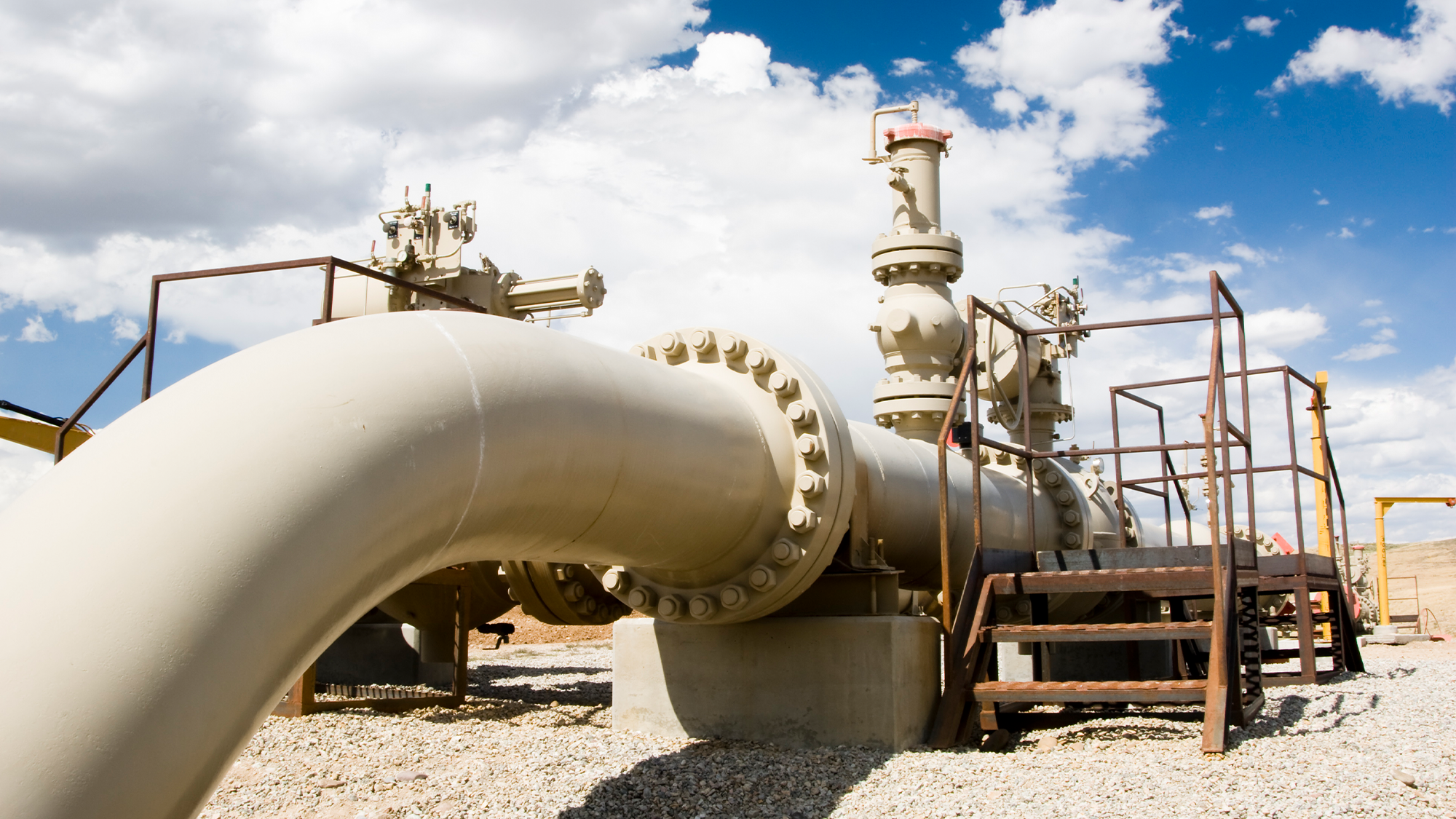

It’s been a pretty volatile couple of years for the world’s energy market. According to the International Energy Agency (IEA), the economy rapidly rebounding after COVID-19 lockdowns and Russia’s invasion of Ukraine caused record breaking spikes in the price of natural gas and oil prices hit their highest level since 2008 last year.
Three sites in Qatar are home to over 20 percent of global liquefied natural gas exports. But these site should monitored especially closely, because if an oil spill were to happen, an even more serious energy crisis would be eminent, according to a new study.
[Related: Yemen’s defunct oil tanker could set off a public health crisis.]
The study published January 12 by an international team of researchers in the journal Nature Sustainability pinpoints the location of a “high vulnerability zone” in the peninsula where an oil spill could shut down liquified natural gas export facilities and desalination plants on the coast for several days.
To identify the offshore areas of the Qatar Peninsula that are vulnerable, the team used advanced numerical modeling to corollate data measured over the past five years on maritime data transports, circulation in the atmosphere, ocean currents, waves, and seafloor topographic map data.
They found that shutting down activity due to an oil spill in the most vulnerable area would almost certainly disrupt the global gas supply chain. A spill-induced shut down would also cause a significant water shortage for one of the world’s most at-risk countries for water scarcity. Qatar has used desalination to balance out its limited supply of groundwater for its growing population, but the process consumes a huge amount of energy.

According to the team, awareness of these vulnerability is imperative, especially since Qatar’s export capacity is expected to increase by approximately 64 percent over the next five years. Thus, this key port will continue to be a crucial hotspot in the global energy supply chain. An increased number of tanker incidents in the Gulf is also a concern, since these accidents could impact critical coastal infrastructure like the needed desalination plants.
[Related: What a key natural-gas pipeline has to do with the Russia-Ukraine crisis.]
Tanker ships—one of which can carry about enough energy to heat all of London for one week—crossing this area are the main risks for oil spills, not the oil rigs in the northern part of the Peninsula. The study finds that Qatar would only have a few days to contain an oil spill before the slicks would reach the country’s main liquefied gas export facility and desalination plant. Disruptions or a total shutdown of the desalination plant for just a day would force Qatar to rely on a small groundwater reserve and would increase liquified natural gas prices.
To prevent the worst from happening, the study suggests increasing remote sensing in the Gulf’s most vulnerable areas with satellite and airborne images to increase warning times for spills and track how they evolve.
The study argues that the current vulnerability to environmental hazards in the Middle East is largely underestimated. Threats to water resources due to climate change was listed as the biggest threat to the Arab countries in the most recent Arab Barometer Report, a survey of 26,000 people in 12 countries conducted from October 2021 to July 2022.
“Global containment of major oil spills has always been challenging, but it is even harder in the shallow water of the Gulf where any intervention has to account for the complex circulation currents, a harsh operational environment, and the presence of highly-sensitive ecosystems on which three million humans rely for drinking water,” said co-author Essam Heggy from the University of Southern California Arid Climate and Water Research Center, in a statement. “I hope serious resources are put into resolving this vulnerability.”